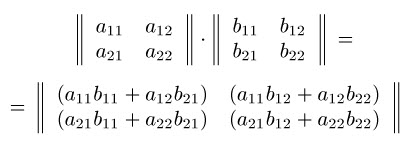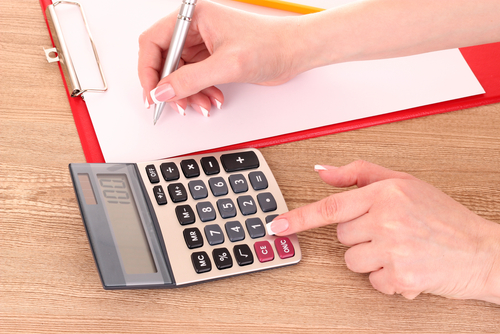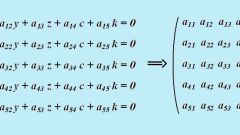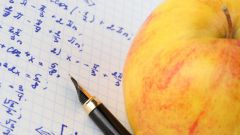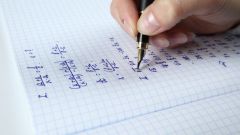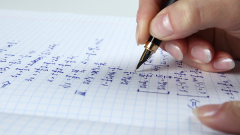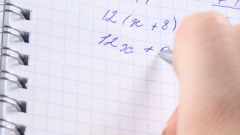Instruction
1
The sum of matrices A = (aij) and B = (bij) is the matrix C = (cij) of the same dimension , where the elements cij determined by the equation cij = aij + bij (i = 1, 2, ..., m; j = 1, 2,..., n).
Addition of matrices has the following properties:
1. A + B = B + A
2. (A + B) + C = A + (B + C)
Addition of matrices has the following properties:
1. A + B = B + A
2. (A + B) + C = A + (B + C)
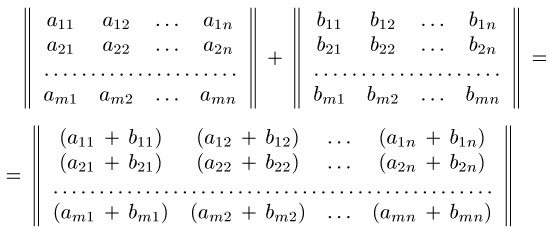
2
The product of the matrix A = (aij) a real number ? is the matrix C = (cij), where the elements cij determined by the equation cij = ? * aij (i = 1, 2, ..., m; j = 1, 2,..., n).
Multiplication of matrix by a number has the following properties:
1. (??)A = ?(?A)? and ? – real numbers,
2. ?(A + B) = ?A + ?In ? is a real number,
3. (? + ?)= ?+ ?In ? and ? – real numbers.
Introducing multiplication of a matrix by a scalar, we can introduce the operation of subtraction of matrices. The difference between the matrices A and B is matrix C, which can be calculated according to the rule:
C = A + (-1)*B
Multiplication of matrix by a number has the following properties:
1. (??)A = ?(?A)? and ? – real numbers,
2. ?(A + B) = ?A + ?In ? is a real number,
3. (? + ?)= ?+ ?In ? and ? – real numbers.
Introducing multiplication of a matrix by a scalar, we can introduce the operation of subtraction of matrices. The difference between the matrices A and B is matrix C, which can be calculated according to the rule:
C = A + (-1)*B
3
The product of matrices. The matrix A can be multiplied by a matrix B if the number of columns of matrix A equals the number of rows of the matrix B.
The product of the matrix A = (aij) of dimension m*n matrix B = (bij) of dimension n*p is the matrix C = (cij) is of dimension m*p, where the elements cij is given by cij = ai1*b1j + ai2*b2j + ... + ain*bnj (i = 1, 2, ..., m; j = 1, 2 ..., p).
The figure shows an example of matrix multiplication of dimension 2*2.
The product of matrices has the following properties:
1. (A * B) * C = A * (B * C)
2. (A + B) * C = A*C + B*C or A * (B + C) = A*B + A*C
The product of the matrix A = (aij) of dimension m*n matrix B = (bij) of dimension n*p is the matrix C = (cij) is of dimension m*p, where the elements cij is given by cij = ai1*b1j + ai2*b2j + ... + ain*bnj (i = 1, 2, ..., m; j = 1, 2 ..., p).
The figure shows an example of matrix multiplication of dimension 2*2.
The product of matrices has the following properties:
1. (A * B) * C = A * (B * C)
2. (A + B) * C = A*C + B*C or A * (B + C) = A*B + A*C
